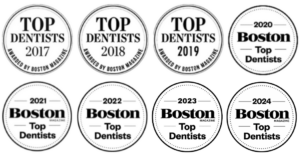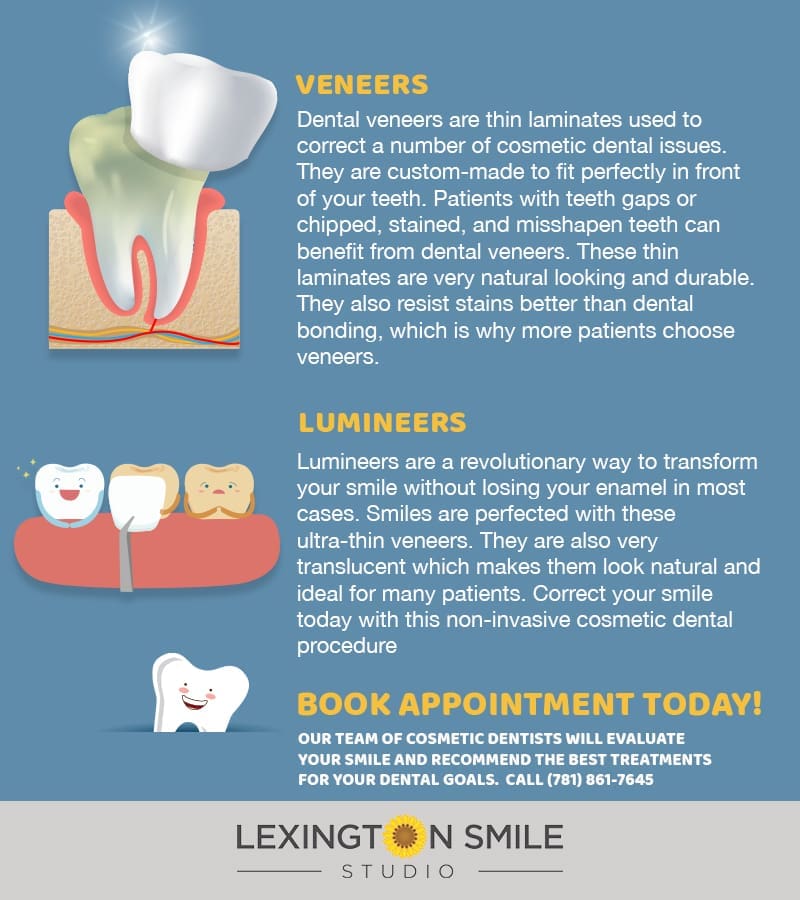Tongue-Tied: All You Need to Know About Ankyloglossia
The term “tongue-tied” usually refers to a moment wherein one has difficulty speaking or stumbles on their words. While most people regard this phrase as just an expression of speech, there is actually a medical condition on which it is based.
What Is Ankyloglossia?
Tongue-tie or ankyloglossia is a medical condition that is characterized by having a short, thick, or tight lingual frenulum—the soft tissue under your tongue. Having this condition limits the range of motion your tongue has, which results in difficulty speaking, difficulty swallowing, and even jaw and neck pain.
Who Is Affected by Ankyloglossia?
The condition is already usually present at birth. However, it is often difficult to diagnose this condition because babies are still developing. Even as adults, this condition may be found later on.
Difficulty diagnosing this condition results in situations wherein people undergo several treatments from orthodontists like braces or even jaw surgery. However, the problem does not go away because the problem is not addressed at the root.
How Is Ankyloglossia Treated?
The only way to treat this condition is through a procedure called “frenectomy.” This is a surgical procedure wherein the soft tissue is cut to extend the range of motion of the tongue. It can be done surgically or with the use of a laser—most people prefer the laser as there is less damage to tissues, no longer a need for stitches, and completely eliminates bleeding during the procedure.
There may also be some cases wherein the condition is so severe that frenectomy is not enough. Some patients may be required to undergo various rounds of speech therapy after the procedure. One therapy that is common among people with Ankyloglossia is Myofunctional therapy.
Myofunctional therapy is a sort of therapy that aims to correct the tongue and muscles of the mouth after a frenectomy. It ensures proper movement and even the correct way to breathe. This may be necessary for some who have lived with Ankyloglossia their whole life and may not be used to the proper movement of their tongue.
There are also cases wherein orthodontic treatment may be needed. Some may be prescribed braces or other orthodontic tools to correct any damage that was brought about by having Ankyloglossia.
What Are the Benefits of Having a Frenectomy?
Having your Ankyloglossia treated has several benefits. Aside from just correcting the tongue, which already corrects your speech issues, there are other areas that you may not have noticed were affected by the condition.
Relaxation of Neck and Shoulders
Due to the limited movement of your tongue, more tension is placed on the neck and shoulders to make up for it. Having a frenectomy immediately relieves the tension on your neck and shoulders, which you may not be aware you have.
Improved Sleep
Obstructive sleep apnea is one of the most common side effects of having Ankyloglossia. Sleep apnea is not only a condition that decreases your sleep quality, but it also is potentially harmful. Having a frenectomy immediately improves your ability to breathe, especially in your sleep.
Better Swallowing
When you have Ankyloglossia, your tongue cannot be moved too much, which could get in the way when swallowing food. A frenectomy will allow you to move your tongue in more directions with a better range, which makes it easier when you are eating and swallowing.
Conclusion
Ankyloglossia is a condition that is more common than most people think. While some people may live their whole lives without getting the condition treated, it is always best to get it checked if you suspect that you have it. Having Ankyloglossia treated does not only improve your speech but relieves several other symptoms, as well.
We at Lexington Smile Studio offer various treatments for different conditions including CO2 laser for tongue-tie. We provide several dental care and services, ensuring that our patients get the highest quality treatment that they deserve. Contact us to book an appointment.




